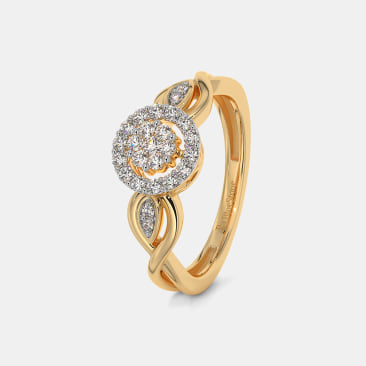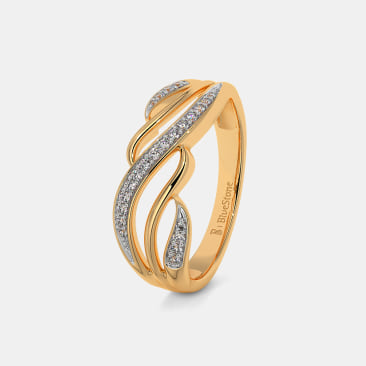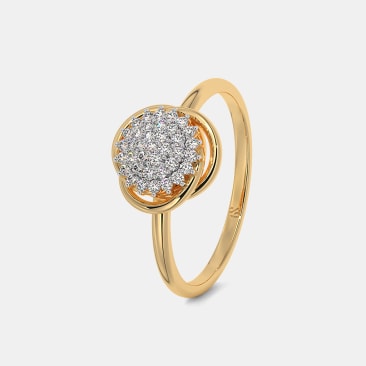Diamond Setting Guide
What’s the best way to bring out the shine of your stone? Here are a few diamond setting options that will help you get the sparkle you want, at the design you choose and the price you want.
Prong Setting
This is a classic setting, generally used to hold in place a solitaire. It features a single diamond held in place with four or six prongs, usually used in classic engagement rings or single stone diamond rings. Also known as the claw setting, this style of mounting minimises how much metal is used and so allows more light to pass through the diamond. Four prongs are generally the most preferred in setting princess diamonds.
Channel Setting
Used frequently to create breath-taking bands for wedding and anniversaries, the stones are set next to one other, with no separations. The diamonds are secured between vertical metal walls, to create a smooth channel. The outermost ridge of the metal used – gold or platinum is then worked over the edges of the diamonds so that the girdle is protected and a smooth appearance is created.
Bar Setting
This setting is similar in appearance to the channel setting and is used quite frequently in diamond necklaces and bracelets. A band of diamonds is created, where each stone used is held together by a long thin bar between two diamonds. This is perfect for a contemporary meets classic look.
Bezel Setting
A stone set with a bezel setting is embraced by a rim of metal that holds it together by the girdle, to secure it in place. This not only creates the illusion of a larger stone, but the bezels can be created in scalloped edges, straight edges, or can even be moulded and shaped according the shape you chose to fit the stone.
Illusion Setting
To create the ‘illusion’ of a larger diamond, the illusion setting is used very interestingly. Smaller stones generally princess cuts are set next to each other. This is setting requires skill and intricacy from the jeweller to create the perfect piece.
Cluster Setting
A large centre stone surrounded by smaller stones, that’s the cluster setting. It’s a great way to showcase a larger ‘hero’ diamond and is perfect for rings or earrings.
Gypsy Setting
This is a popular setting used frequently in men’s jewellery. Here, the band is generally one continuous dome shaped piece with a stone inserted in the middle. There are no prongs, providing a clean and smooth look.
Pave Setting
The pave setting uses tiny beads along with diamonds, creating a feeling of the jewellery being encrusted with stones.




